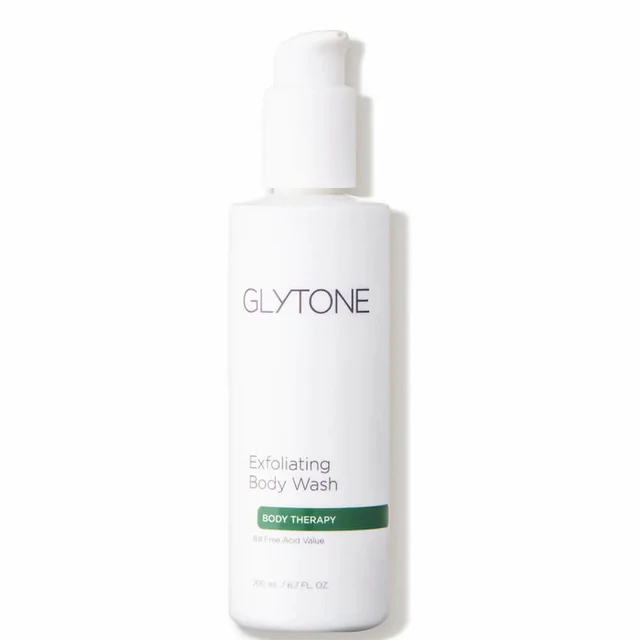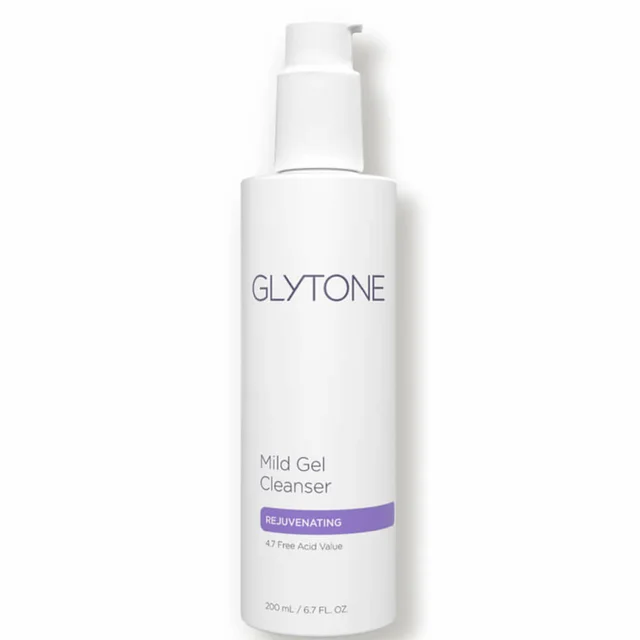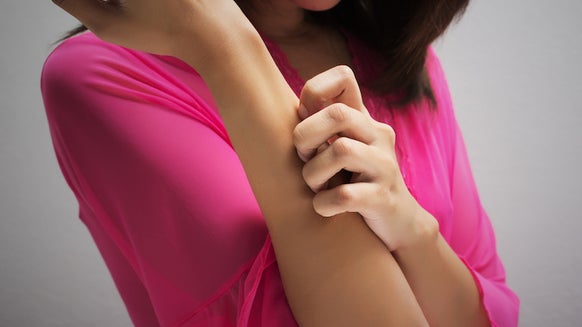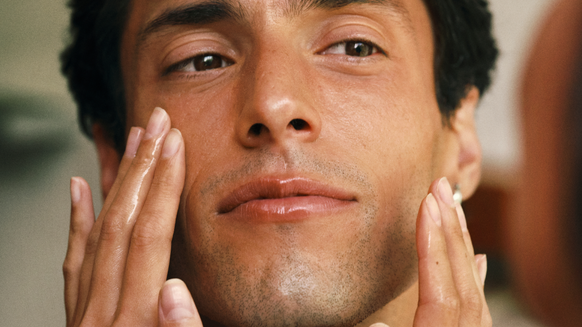Warts are one of the most common skin conditions, and they can wreak havoc on your hands, feet and more. Warts are bumps that form in the skin, appearing as flesh-colored, pink, light or tan-colored bumps. Some are barely raised with a smooth surface, while others can be larger with a cauliflower-like texture. You don’t have to be a witch to have warts, so here are five more myths to know so you can save your skin.
Myth #1: "Warts are caused by touching frogs or toads."
“Warts are caused by the human papillomavirus or HPV,” says Dr. Sue Ann Wee of Schweiger Dermatology Group. “There are more than 100 different types of HPV. Some HPV subtypes cause common warts whereas other subtypes can cause serious conditions such as cervical cancer.” Warts are spread by skin-to-skin, skin-to-mucosa or mucosa-to-mucosa contact. Warts can spread not just person to person, but from one area of the body to another.
Myth #2: "Warts aren’t contagious."
“Yes, warts can be contagious,” says Dr. Wee. “Indirect skin contact with contaminated objects such as shed skin containing HPV virus on gym mats and other gym equipment, shared floors, etc. The wart virus enters most often through tiny cuts or abrasions in the skin.” They can even be spread by improperly cleaned nail salon equipment, so be sure to ask your salon about their policies before you sit down.Myth #3: "Warts can’t be removed."
Yes, warts can be removed. Because warts can require multiple treatments, some people believe they cannot be removed and give up on treating them. But, dermatologists have many treatment options for warts—such as cryotherapy (freezing the wart off) or Cantharidin ("lifting" the wart off). Myth #4: "Warts won’t grow back once removed."
Yes, warts can grow back. “The HPV virus can remain dormant in host skin cells and then re-activate months, even years later,” says Dr. Wee. “The best way to remove a wart is to see your dermatologist. It is most important to first make sure your lesion is accurately diagnosed. There are many skin lesions, both benign and malignant, that can mimic warts. There are many treatments that your dermatologist may discuss with you ranging from topical salicylic acid treatments to liquid nitrogen cryotherapy to immunotherapy treatments (stimulate your immune system to attack the wart virus).”Myth #5: "It’s impossible to prevent warts."
The best way to prevent new warts from growing is to practice good skin care and skin hygiene under the guidance of your dermatologist. Frequent hand washing can help prevent the spread of warts. Warts most commonly infect skin through tiny abrasions in the skin. So, healing and covering up these abrasions is an important way to help to reduce the chance of HPV infection. “Warts can spread to nearby tissue if picked or scratched so not picking wart lesions helps, too,” says Dr. Wee. “Wiping down keyboards, gym equipment and gym mats, and avoiding going barefoot in public places can be helpful as well. Sometimes, warts grow in hair-bearing areas like the beard area, and good razor hygiene is necessary to prevent re-exposure and spread of the warts. Although it is possible to reduce the chance of getting a wart, it is not always possible to prevent warts as the wart virus is quite ubiquitous and most people will come into contact with the HPV virus.” 











